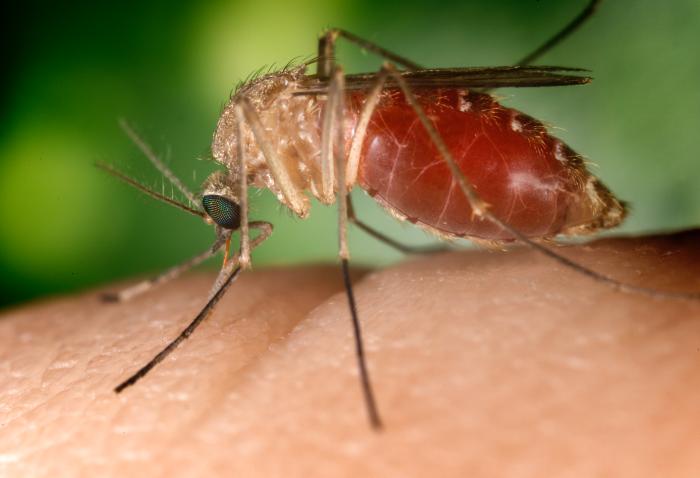 Although these mosquitoes are known to be attracted to carbon dioxide, there have to be other chemical cues to specifically draw the insects to certain prey species such as humans.
Although these mosquitoes are known to be attracted to carbon dioxide, there have to be other chemical cues to specifically draw the insects to certain prey species such as humans. To answer this question, the researchers extracted chemical odors from a variety of human subjects. They next tested the olfactory receptor neurons in the mosquitoes’ antennae to see which of the isolated chemical compounds triggered a reaction.
They discovered that a compound called nonanal, a powerful semiochemical, or message-carrying molecule, was responsible for attracting the mosquitoes. Traps baited with both nonanal and carbon dioxide drew in over 50% more mosquitoes than traps baited with carbon dioxide alone.
Could this lead to better insect repellants? That would be a boon to the thousands of people who are infected with West Nile virus each year.
The "mosquito attractant mma" video posted by Uni Malaya on youtube last year was fascinating. I'm surely convinced that such discoveries will finally lead to better ways to combat this vector.
ReplyDelete